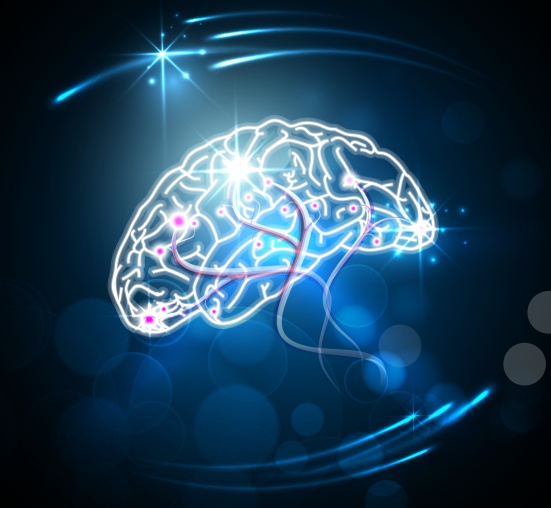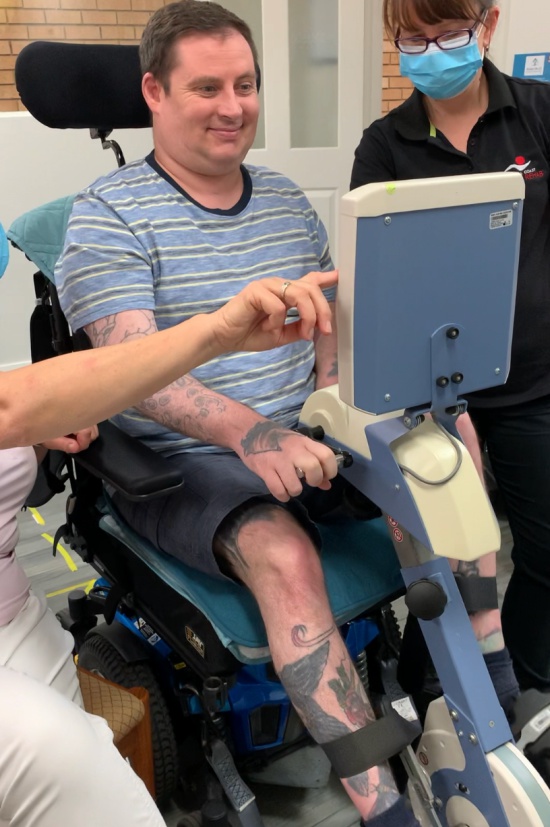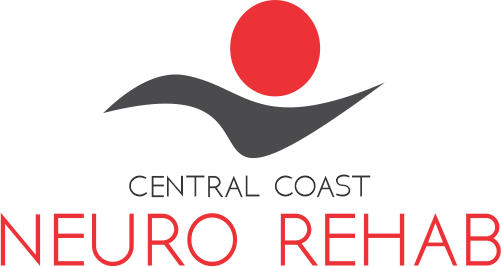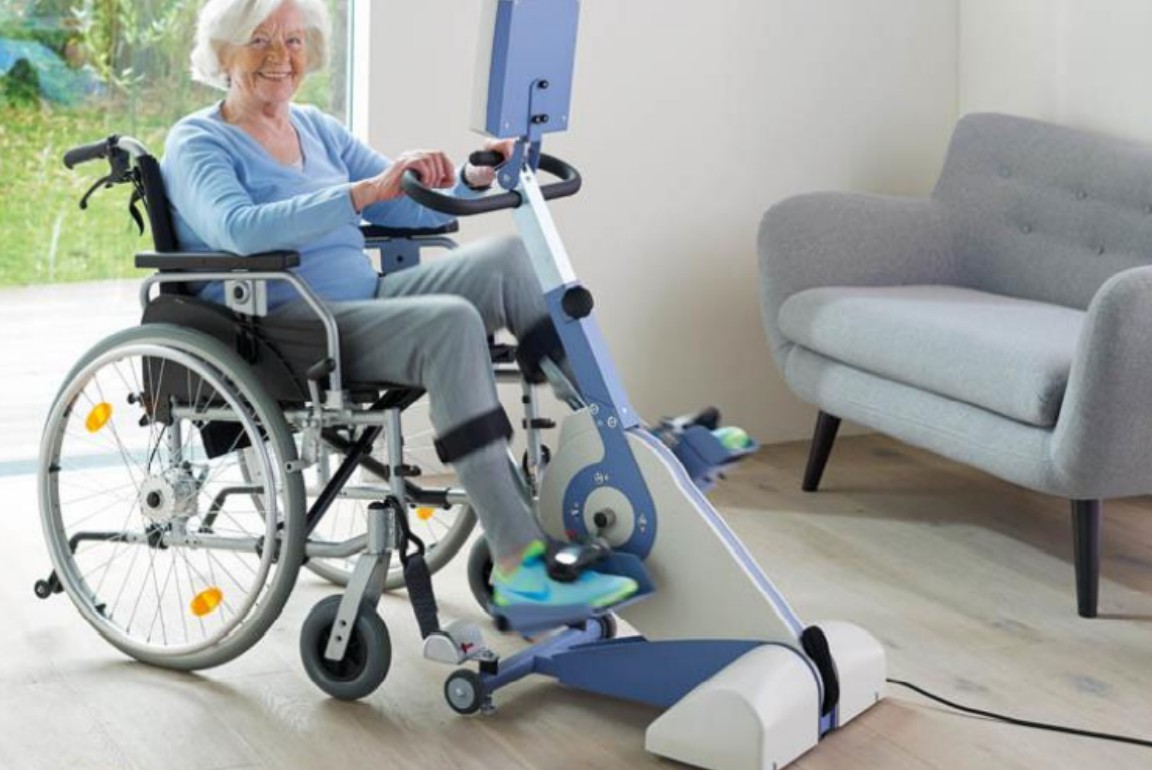
The brain is a flexible organ, which changes in response to what we experience, throughout our lifetime. For example, if you were to start using an iPad in a big way, your brain would adapt by forming new neuronal connections concerned with improving your skill at using it.
This ability to adapt in response to our experience is the most fundamental property of the brain. This flexibility, called neuroplasticity, is the basis for learning. It is also the basis for relearning movements and other functions after a stroke or other neurological condition affecting the central nervous system.
How does it occur? Well, neuroplasticity occurs via growth of axons (the part leading from neuron cell bodies, which conduct electrical signals from one neurone to another), and of number and density of dendrites (branches coming off the axon and connecting to other neurones nearby), and also depends on the number and size of synapses (the connections between neurones), receptor density (each synapse has receptors to receive the electrical signal from another neurone) and also the number of neurones. The figure
below shows these parts of a neurone. The changes that occur in these structures, during recovery, are influenced by the exercise we do!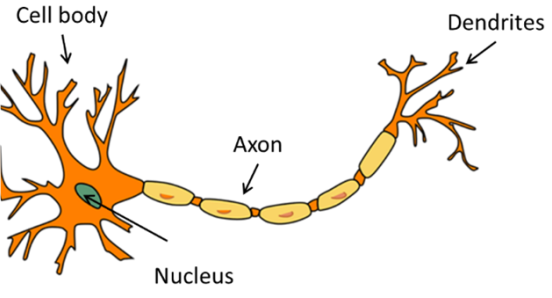
What can you do to help this neural plasticity? Exercise your brain, that's what! By thinking about movements and practicing whole or parts of movements, you are stimulating your brain to get engaged in the task, which means neurons will be firing, electrical signals will be passed down axons and dendrites, and will be connecting with other neurons. You will be stimulating your neuronal pathways to work! Whenever you practice repeatedly, you will be encouraging that task to be learned, via neuroplasticity. On the other hand, if you sit and do nothing, there will be no stimulation!
As evidence about recovery grows, opinions about the amount of recovery possible are changing. In the 1980's it was common to think that recovery reached a plateau at 6 months after stroke. However, since then, numerous research studies have shown that significant improvements are possible years after stroke, if the right amount and type of exercise is done.
Intensive rehabilitation is an opportunity to increase your amount of practice, and thus promote neuroplasticity and recovery. We can work out an intensive programme for you which is also affordable by using a combination of different treatment modes.
